
Managing a diverse range of products is an effective way to showcase strategic planning, forward-looking thinking, and a commitment to meeting the evolving demands of customers.

Building a team is crucial for delivery and daily operations in any organization, but it’s imperative in product management.
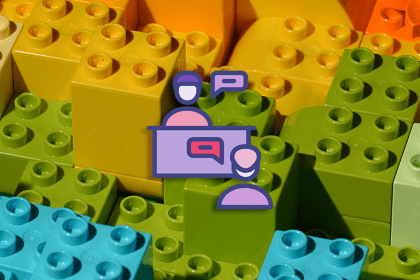
Giving and receiving design feedback can make or break your design iterations and affect the project outcome.

Self-management is the ability to drive your behavior, knowledge, and emotions towards meaningful outcomes.

We’ve compiled 12 of the best books every UX designer needs to read in 2023 to upskill and stay current with UX best practices.

In this article, we will talk about the importance of building trust and autonomy in product management leaders and teams.

An effective communicator is someone who speaks clearly, directly and simply so the listener can understand the exact message.
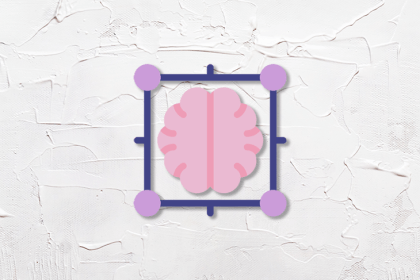
You need to understand your product and everything around it to be successful at your job. Discover some practical tips to help you become an expert in what your customers need.

Team autonomy is a style of managing and organizing teams in a way that they are given the autonomy to make decisions.
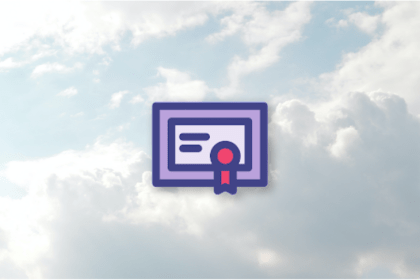
The Certified Scrum Master certification focuses on the scrum framework and understanding team accountabilities, scrum events, and artifacts.
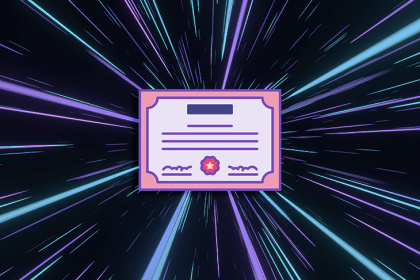
Continuous learning is always a good idea. These twelve UX design courses can help kick-start or advance your UX career.
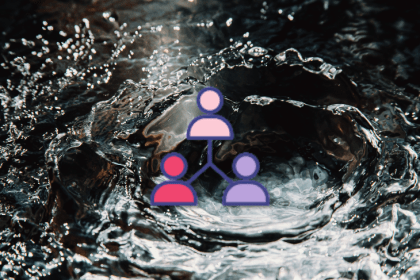
Transformational leadership centers on inspiring and motivating people to achieve a definitive, positive change that solves a bigger problem.